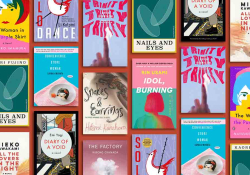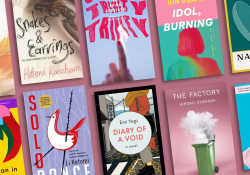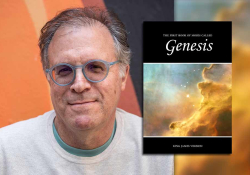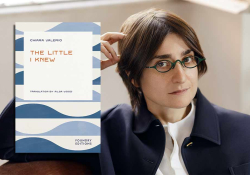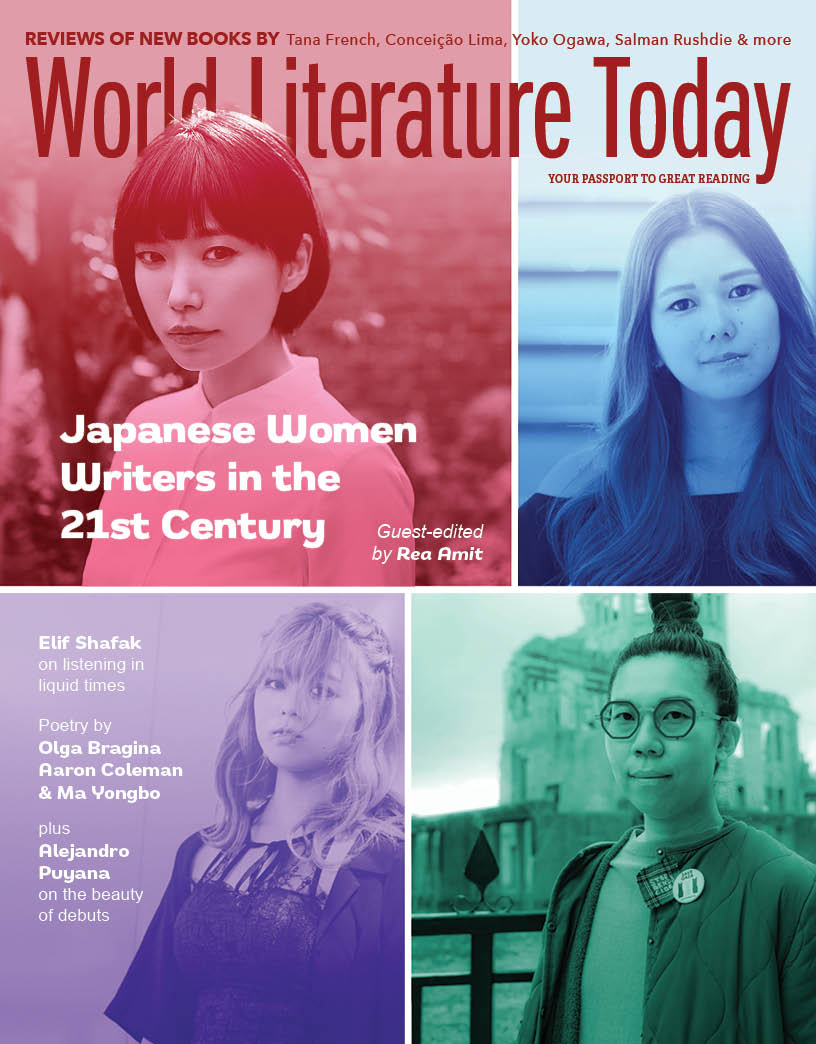5 Questions for Hiroko Oyamada
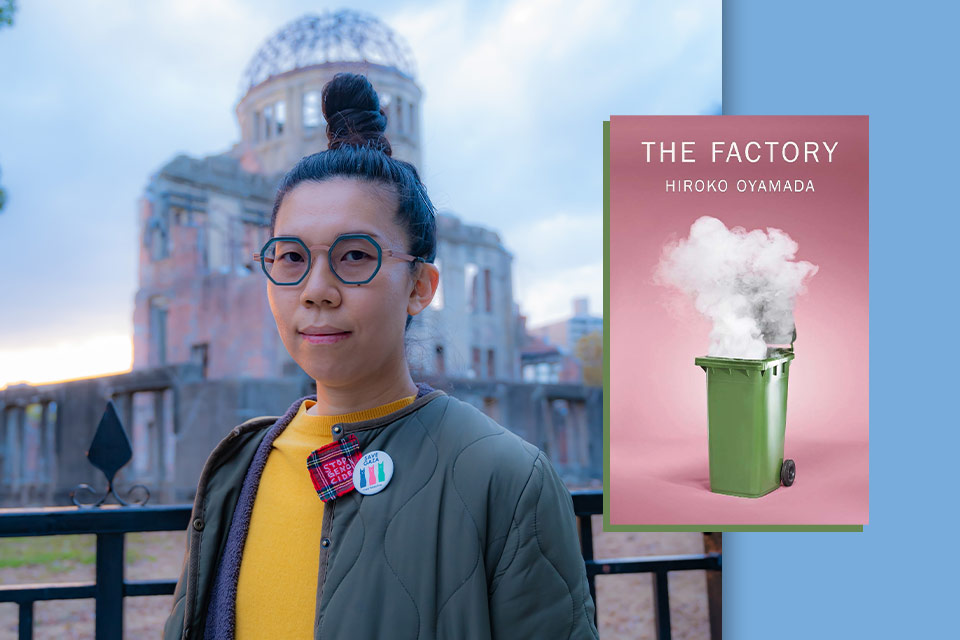
Rea Amit: Hiroko, many consider you to be a representative of contemporary Japanese fiction. While you clearly write in the Japanese language, your works that have been translated into English appear to lack a specific sense of place or time. How do you situate the environment in your fiction within the context of contemporary Japan?
Hiroko Oyamada: I always begin writing my novels based on what I have experienced, seen, and heard in the past. Therefore, in many cases, my settings are presupposed to be places and times I have lived, even if they are not explicitly mentioned. It was quite surprising for me, as someone who writes in Japanese and publishes in Japan, to see that my translated works are being read as representative of “Japanese,” “contemporary,” and sometimes “female” ways of life and thinking. This is because my works are never considered mainstream in Japan.
Amit: Many of your readers, both in Japan and abroad, see you as a representative of distinctive women’s literature. Do you feel comfortable with this label? Although your stories are often narrated by female protagonists, they may not convey the notion of female empowerment. Do you consider yourself or your fiction to be feminist?
Oyamada: First and foremost, I am naturally a feminist. As I mentioned earlier, my works are rooted in what I have experienced, seen, and heard. Therefore, I don’t consider my works to be at odds with feminism, but I’ve never made feminism the starting point of my works. Such a perspective always emerges as a result of my writing. The fact that many of the narrators in my works are women is not intentional but rather a natural occurrence. However, I believe that having a male narrator would highlight the challenges that contemporary Japanese women face. Many Japanese men are unwitting perpetrators [of gender-based discrimination], but this is often less because of their individual intentions and more due to societal systems.
I don’t consider my works to be at odds with feminism, but I’ve never made feminism the starting point of my works.
Amit: You published Factory in Japanese a decade ago, before the latest advancements in AI. Although the story does not explicitly critique human work in the context of mass production or corporate structures, how do you view it in light of the contemporary global economy, both in Japan and beyond?
Oyamada: You are absolutely right. When I wrote Factory, I didn’t consider at all what role AI would play in the factory where the story is set. I never expected that the era of AI having such an impact on our lives and labor would come so quickly. As Japan moves toward a future of social and labor shortages, AI will become even more essential and natural. However, what concerns me the most is the use of AI as weapons on the battlefield. I am against all wars. No matter where in the world, we cannot accept civilians becoming victims of [such inhumane] weapons.
Amit: The three novels by you translated into English showcase a distinct narrative voice and a preference for the surreal, mysterious, and unexplained within a contemporary setting on the outskirts of fast-paced urban society. Given your unique style, do you have concerns about AI more easily able to automatically generate an “Oyamada” story?
Oyamada: On the matter of AI’s potential impact on creation, I am relatively optimistic. I don’t consider my works to be particularly surreal or mystical; instead, I often depict the idea that strange things exist all around us in reality, but people often fail to notice them. To write in such a way, which doesn’t involve dramatic settings or intricate artificial techniques, it’s essential to have the writer’s perspective, hearing, and touch. I don’t anticipate that AI would be able to replicate these aspects. However, whether works written in a style like mine would be appreciated in a society where labor and creativity are generalized through AI is a different story, and they might go unnoticed by anyone.
I often depict the idea that strange things exist all around us in reality, but people often fail to notice them.
Amit: Despite your unmistakably unique style, some readers may associate your writing with authors like Nikolai Gogol, Franz Kafka, and, particularly in Japan, Kōbō Abe. Have these writers influenced your work? Are there any other authors who have inspired you?
Oyamada: I deeply admire all the writers you have mentioned. As for Kafka, I’ve been influenced by him since my debut (the catchphrase for my first work, The Factory, was “Kafka + Magic Realism?!”). Excellent writers, in my opinion, don’t deviate from reality but make readers notice the deviations and mysteries already contained within their reality. I believe that the three authors you have mentioned above are exactly such novelists. I also love their sense of humor. Additionally, while writing The Factory, I revisited Mario Vargas Llosa’s The Green House multiple times in order to adopt a method of blending tenses and voices.
October 2023
The interview was conducted before the outbreak of the Israel–Hamas War, where it is reported that AI-propelled weapons are being deployed.
Hiroko Oyamada (b. 1983) is a novelist from Hiroshima, Japan. She is the author of The Factory, which won the Shincho Prize, and The Hole, which won the prestigious Akutagawa Prize, among other works. She conducted the following exchange with Rea Amit in Japanese via email.

